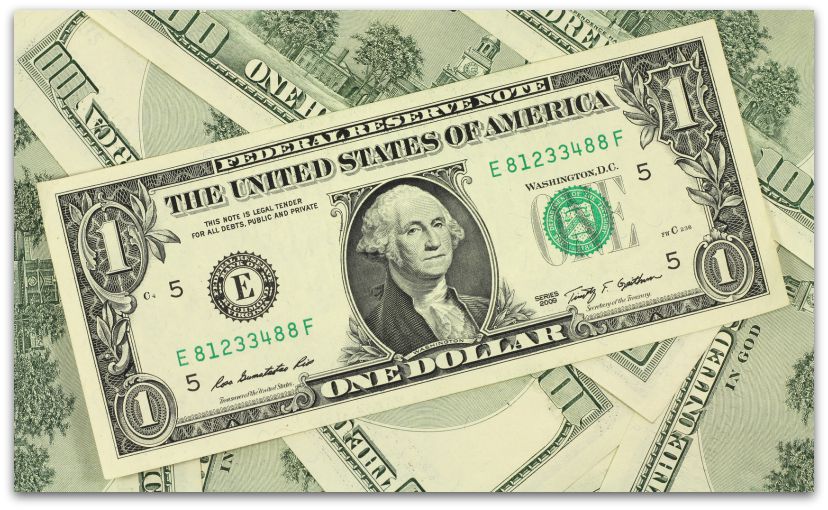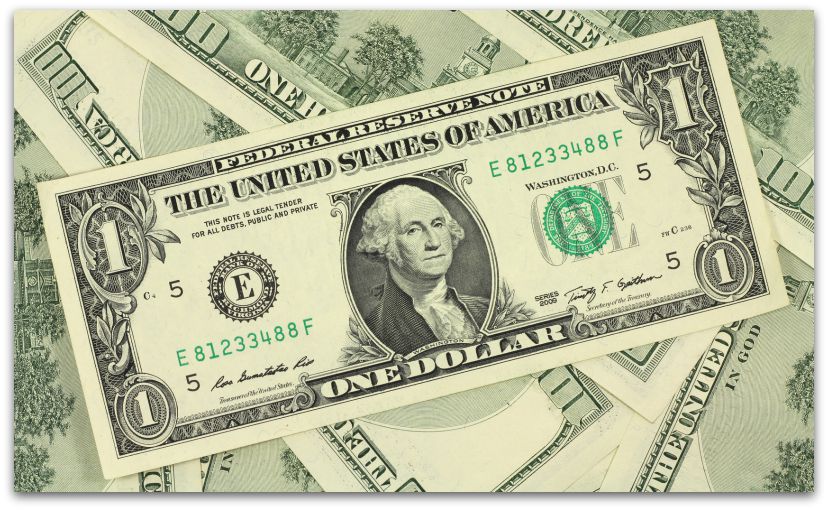These fun facts are money in your pocket!
- Coins can last in circulation for as long as 25 years, but paper money disintegrates faster. According to the Bureau of Engraving and Printing, a $1 bill lasts for 22 months in circulation, the $5 lasts 16 months, a $10 goes two years, a $50 makes it to 55 months, and a $100 can go for 89 months.
- Just under half of all money in circulation are $1 bills.
- Susan B. Anthony and Sacajawea have appeared on coins. A woman will soon appear on the $10 bill, but it won’t be the first time a woman has been depicted on paper money. In 1886, first First Lady Martha Washington was depicted on the $1 Silver Certificate, issued in 1886 and 1891.
- The largest bill ever created wasn’t really a piece of money anyone could use. In 1934, the government created a handful of gold-colored $100,000 bills. They were used for large transactions between Federal Reserve branches, and pictured President Woodrow Wilson.
- Paper money isn’t really paper, at least not paper made from wood products. It’s 75 percent cotton, 25 percent linen, and a trace amount of silk.
- $2 bills aren’t rare—the government has printed millions of them. But many people perceive that they’re rare, so they keep them at home and out of circulation, creating a false scarcity. One person who loves them: Apple co-founder Steve Wozniak. He reportedly buys $2 bills in uncut sheets from the government, and binds them into a tear-off booklet, like a checkbook but with real money.
- Coins were the main form of currency until 1862, when the government issued paper bills because too many people were hoarding gold and silver. The first denominations: 1 cent, 5 cents, 25 cents, and 50 cents.









